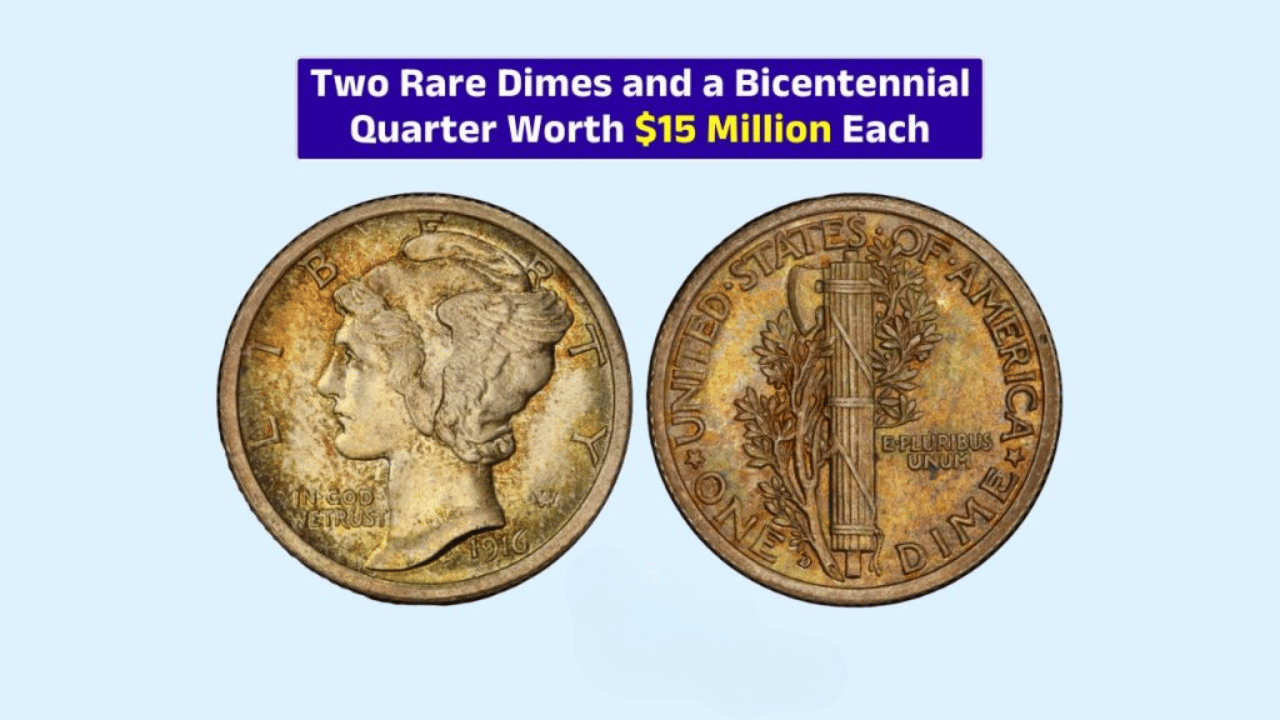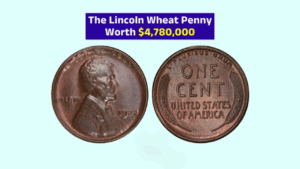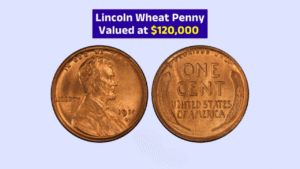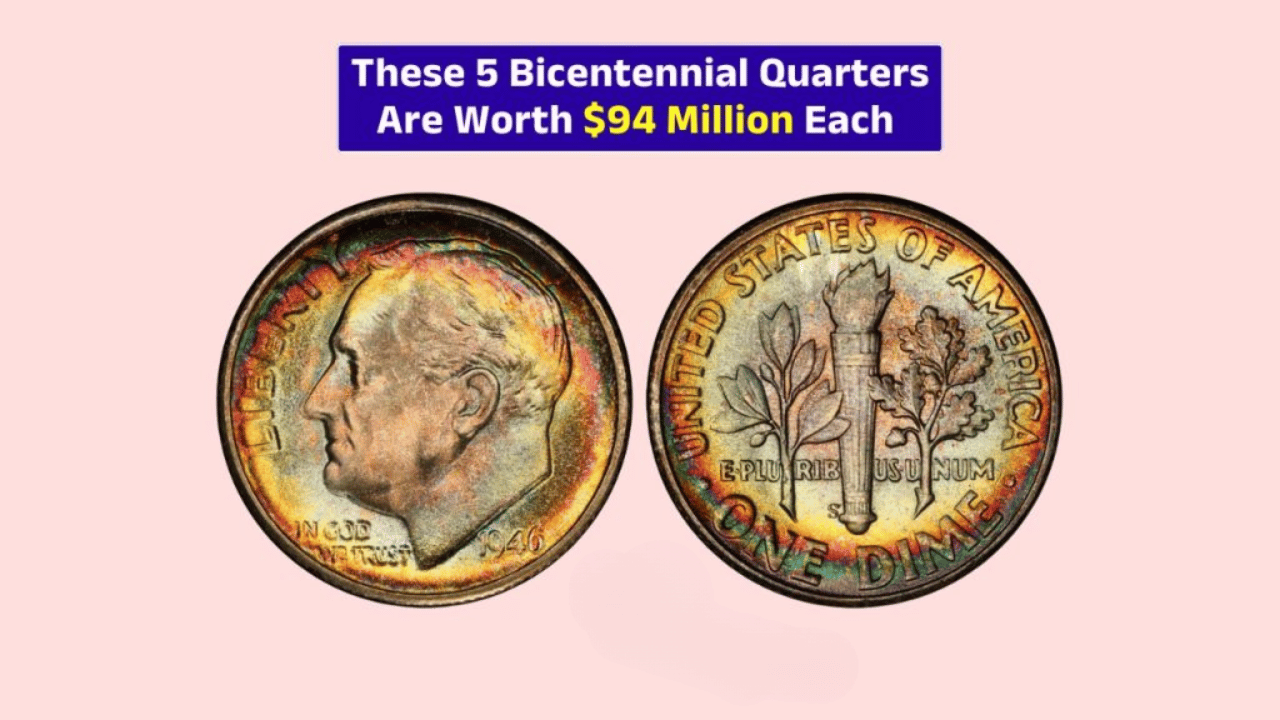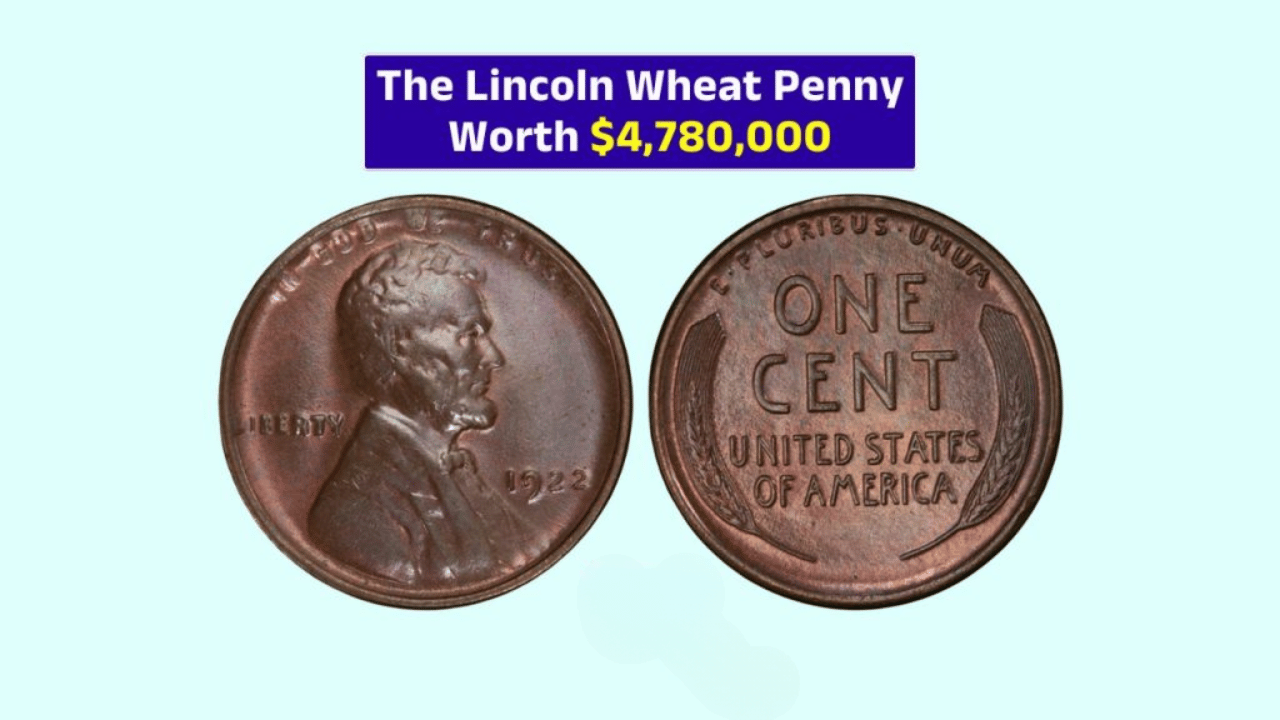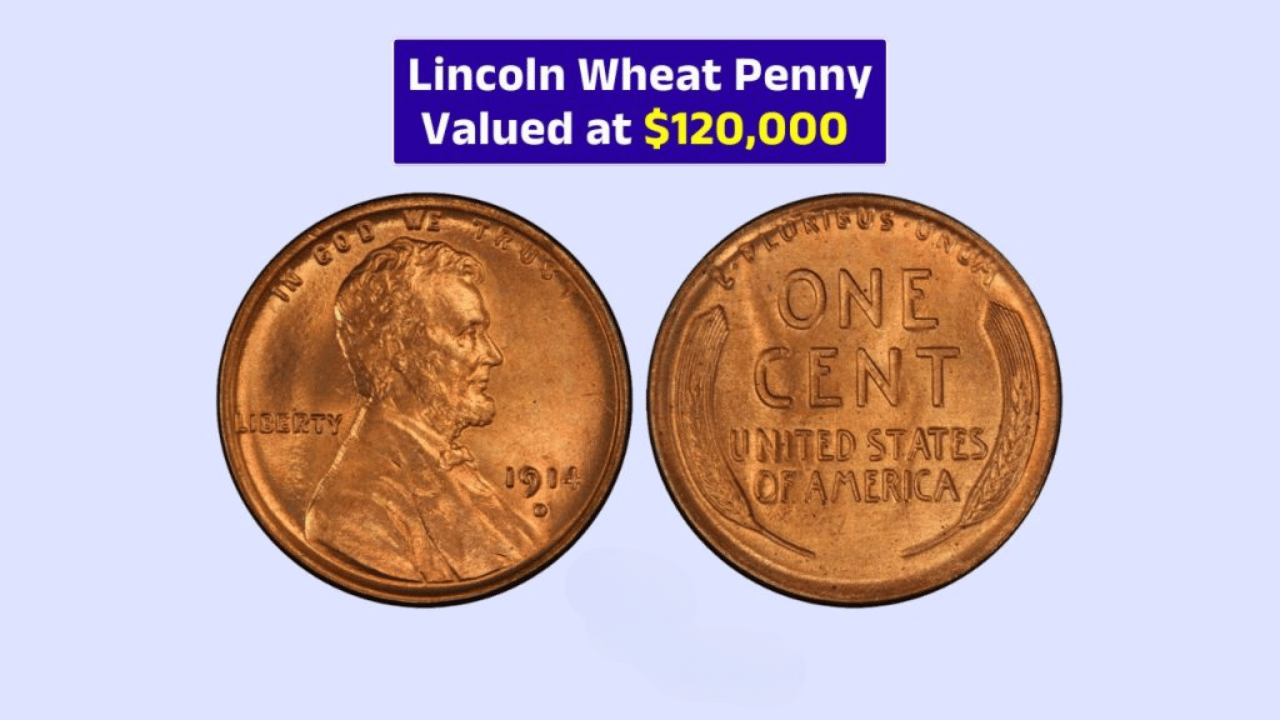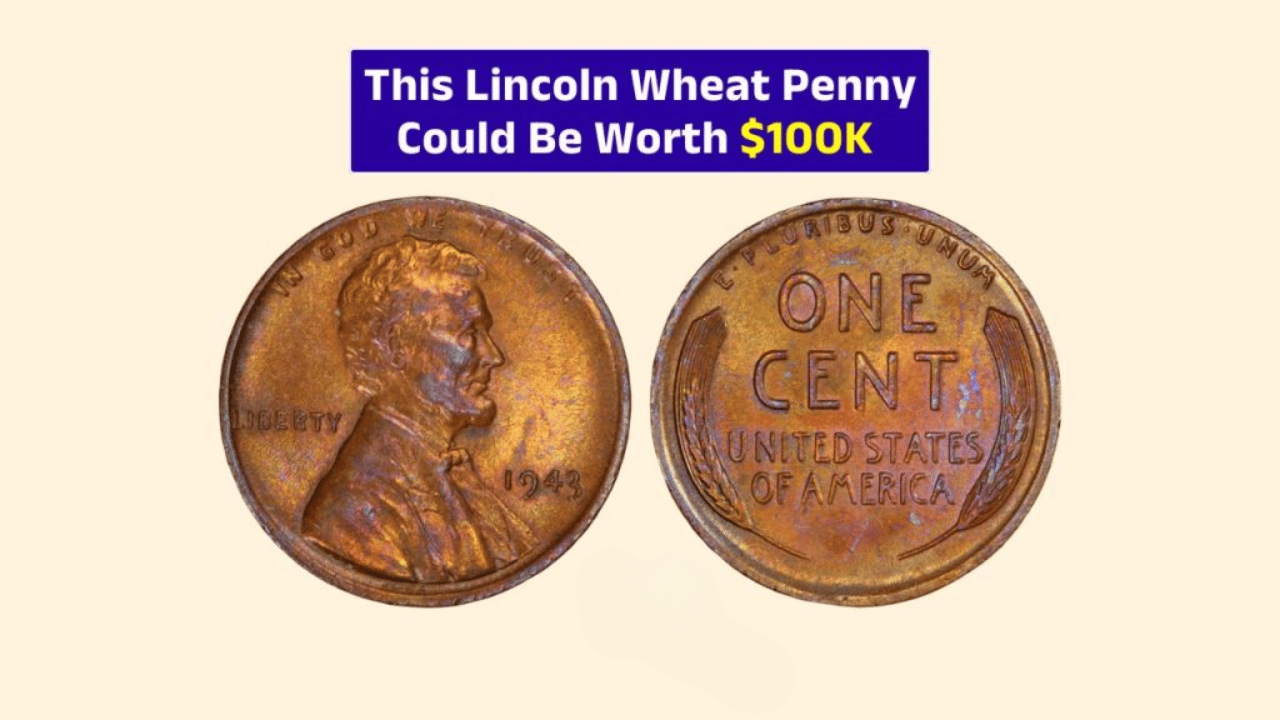Two Rare Dimes and a Bicentennial Quarter Worth $15 Million Each – Hidden Treasures in Your Pocket
What if you discovered that a coin in your pocket change might be worth $15 million? For collectors and curious coin hunters, this isn’t just fantasy—it’s a possibility, thanks to a trio of historic U.S. coins that blend rarity, design, and cultural significance.
We’re talking about the 1916-D Mercury Dime, the 1894-S Barber Dime, and the iconic 1976 Bicentennial Quarter. Each has carved a place in numismatic history—and under the right conditions, their values can climb into the multi-million-dollar range.
Let’s explore what makes each of these coins so special, and how you might spot one hiding in plain sight.
The 1916-D Mercury Dime – A Rarity Born from Circumstance
The Mercury Dime, officially the Winged Liberty Head Dime, was introduced in 1916 and struck until 1945. Designed by famed sculptor Adolph A. Weinman, it features Liberty in a winged cap, symbolizing freedom of thought—a timeless American ideal.
But it’s the 1916-D version that’s especially valuable.
Why it’s worth millions:
- Only 264,000 minted at the Denver Mint
- The Denver Mint focused more on quarter production that year
- Highly sought after in high grades (MS-65+)
- Features the “D” mintmark on the reverse near the bottom-left of the fasces
A top-condition 1916-D Mercury Dime can fetch hundreds of thousands, and exceptional examples have crossed the seven-figure mark at auction, especially with full band detail and flawless surfaces.
The 1894-S Barber Dime – America’s Unicorn Coin
Minted between 1892 and 1916, the Barber Dime carries the name of its designer, Charles E. Barber, Chief Engraver of the U.S. Mint.
Among all U.S. coins, none is more mythical than the 1894-S Barber Dime.
What makes it legendary:
- Only 24 were minted at the San Francisco Mint
- Fewer than 10 known to exist today
- Some believe they were made as gifts or to balance mint records
- One specimen reportedly bought ice cream before it was lost in circulation
In pristine, uncirculated condition, an 1894-S Barber Dime has sold for as much as $2 million to $3 million, with speculative value soaring as high as $15 million due to its rarity and mystique.
The 1976 Bicentennial Quarter – A Modern Collectible With a Patriotic Punch
Issued to celebrate America’s 200th birthday, the Bicentennial Quarter is instantly recognizable by its dual date (1776–1976) and unique reverse design of a Colonial drummer, crafted by Jack L. Ahr.
While hundreds of millions were minted, a few special versions make this quarter more than just pocket change.
Features to look for:
- 40% silver composition in collector’s proof and uncirculated sets
- San Francisco Mint (“S”) mark for silver strikes
- Unique mint errors (double die, off-center strikes, etc.) that boost value
- In pristine condition or rare varieties, these coins can be worth thousands, and rumored one-of-a-kind prototypes or mint errors have drawn speculative values up to $15 million
Quick Comparison Table
| Coin | Year | Mintmark | Known Survivors | Notable Value |
|---|---|---|---|---|
| 1916-D Mercury Dime | 1916 | D | Thousands | Up to $300K–$1.5M+ |
| 1894-S Barber Dime | 1894 | S | Fewer than 10 | $2M–$15M+ |
| Bicentennial Quarter | 1976 | S (silver) or none | Millions (but few rare versions) | Up to $15M (rare errors/prototypes) |
Why These Coins Matter
Each of these coins offers more than face value—they offer a piece of American history:
- The Mercury Dime reflects early 20th-century ideals and artistic evolution.
- The Barber Dime is a snapshot of mystery and rarity, a true collector’s dream.
- The Bicentennial Quarter ties into America’s patriotic heritage and numismatic modernization.
Together, they represent the perfect blend of rarity, symbolism, and potential investment value.
Tips for Spotting Rare Coins
Even if you’re not a collector, keep an eye out for:
- Mintmarks – “D” for Denver, “S” for San Francisco, or no mark (Philadelphia)
- Unique coloring or silver sheen (especially on quarters)
- Odd details like off-center strikes, doubled images, or missing elements
- Unusual weight or metal content (use a scale or magnet)
Never clean a potentially valuable coin—it could destroy its numismatic value. Instead, consult professional graders like PCGS or NGC.
FAQs
Why is the 1916-D Mercury Dime so valuable?
Because only 264,000 were minted and few survive in mint condition, making it a key rarity in U.S. coinage.
How rare is the 1894-S Barber Dime?
Incredibly rare—only 24 were minted, and less than 10 are known to still exist.
Are all Bicentennial Quarters valuable?
No. Standard copper-nickel versions are common, but silver versions or rare errors can be worth serious money.
What’s the value of a 40% silver Bicentennial Quarter?
Typically $5–$20, but rare types or errors can sell for thousands or more.
How do I get a coin authenticated?
Submit it to professional grading services like NGC (Numismatic Guaranty Company) or PCGS (Professional Coin Grading Service).
